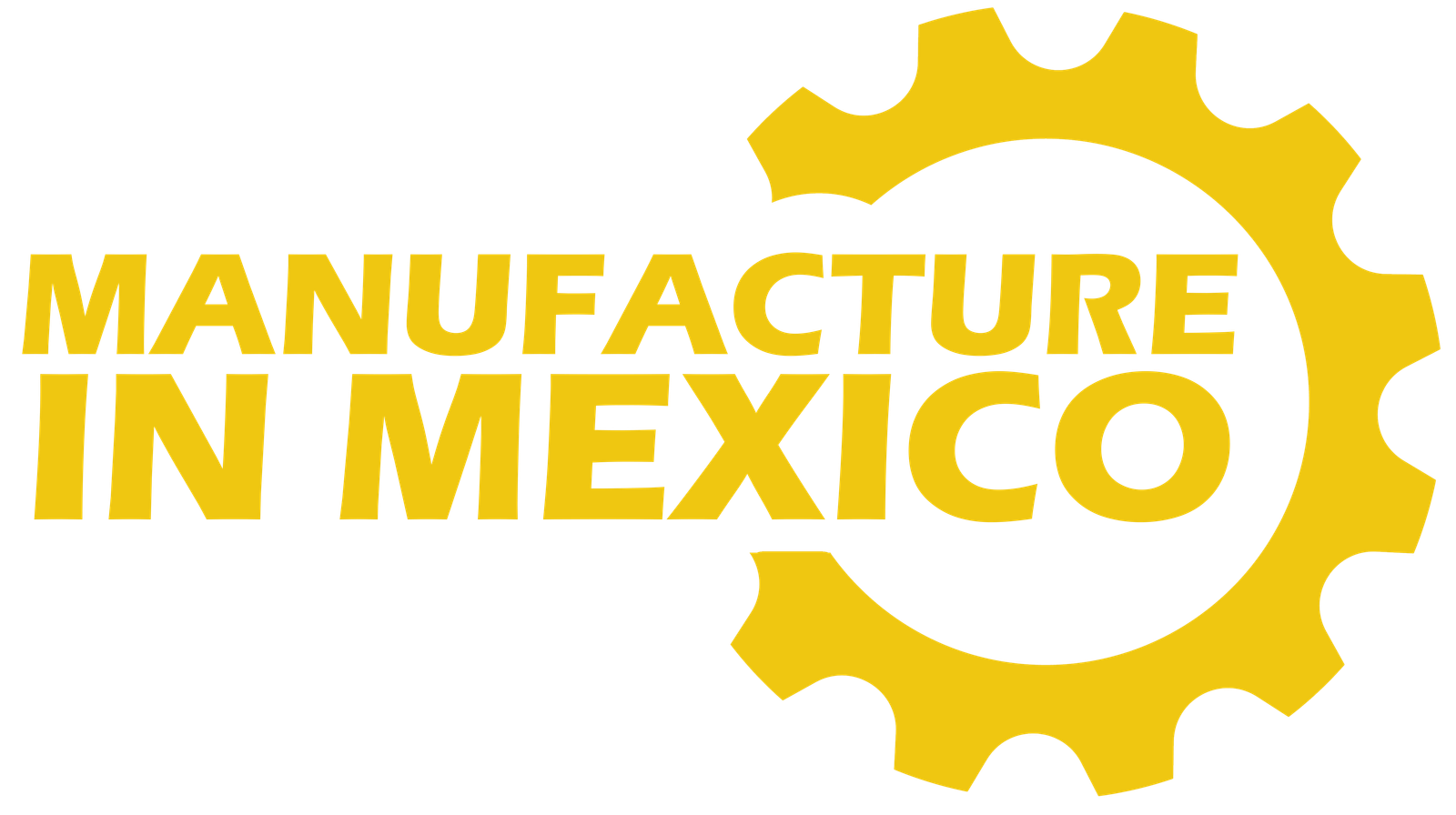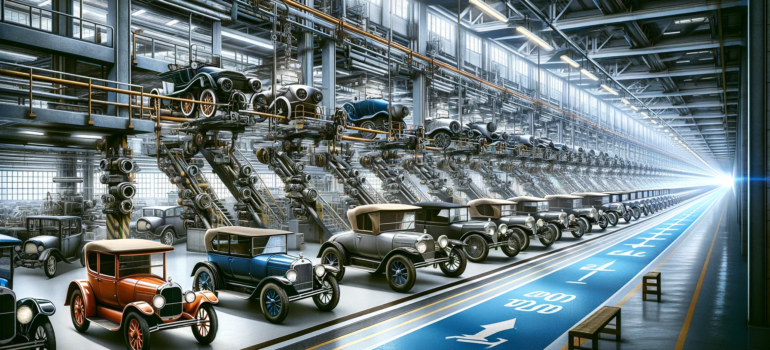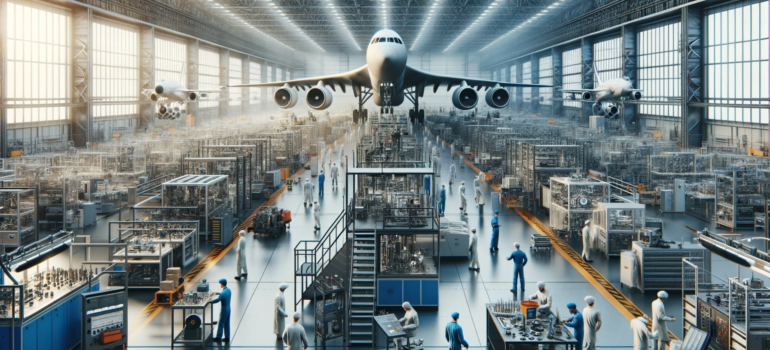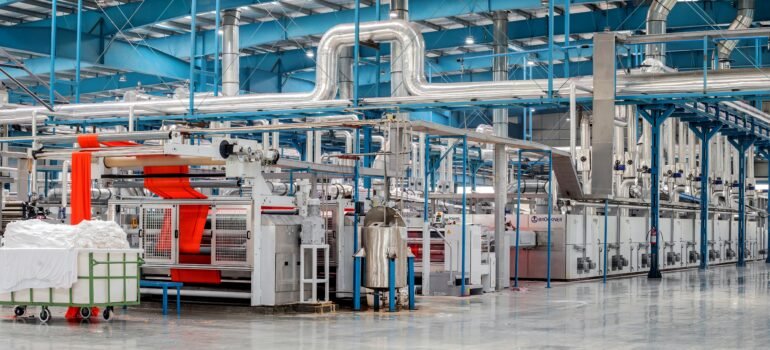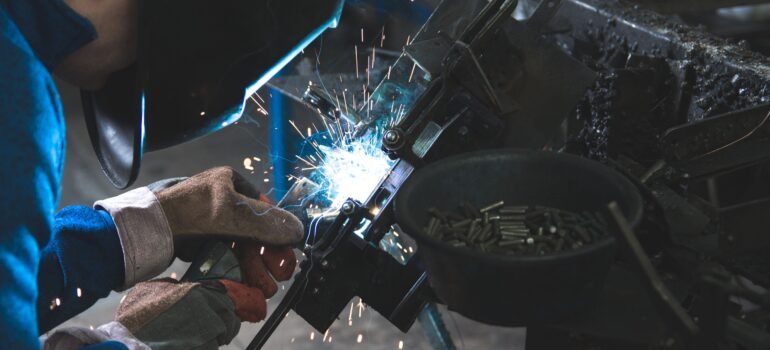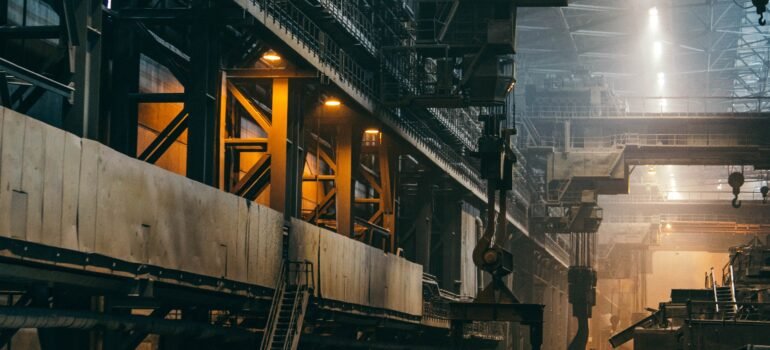Producing in Mexico: A Comprehensive Guide to Manufacturing Success
Begin with an introduction that highlights Mexico’s rising popularity as a manufacturing destination. Emphasize the country’s business-friendly climate, skilled workforce, and the opportunities it presents for various scales of operations, from small-scale entrepreneurs to multinational corporations.
Advantages of Manufacturing in Mexico
- Government Incentives: Discuss the IMMEX program and its benefits, such as tax incentives for manufacturers, which is a significant factor driving foreign investment in Mexico’s manufacturing sector.
- Global Market Access: Elaborate on Mexico’s strategic geographical location, especially its proximity to the United States, which simplifies logistics and supply chain management for manufacturers.
- Skilled Labor at Competitive Costs: Highlight Mexico’s skilled labor force, which is not just cost-effective but also well-trained in advanced manufacturing techniques.
Key Manufacturing Industries in Mexico
- Briefly overview the major industries thriving in Mexico’s manufacturing sector. This could include aerospace, automotive, electronics, medical devices, and more, emphasizing the benefits they gain from Mexico’s robust supply chain and skilled workforce.
Operational Models for Manufacturing in Mexico
- Standalone Model: Explain the concept of setting up a standalone factory, including the formation of a legal entity in Mexico and the potential need for outsourcing certain functions.
- Shelter Model: Describe the shelter manufacturing model, which provides a hybrid approach, keeping production control with the foreign company while administrative and compliance functions are managed locally.
- Contract Manufacturing Model: Discuss contract manufacturing, where a foreign company outsources production to a local Mexican manufacturer.
- Merger or Acquisition Model: Touch on the option of merging with or acquiring an established Mexican manufacturer.
- Joint Venture Model: Explain how a joint venture might work, combining the strengths of a foreign company with a local Mexican manufacturer.
Steps to Establishing Manufacturing Operations in Mexico
- Summarize the essential steps for setting up a factory, such as choosing an ideal location, obtaining necessary permits, hiring local staff, and establishing supplier relationships.
Conclude the post by reiterating the strategic advantages of manufacturing in Mexico and the diverse opportunities it presents for global businesses. Encourage readers to consider Mexico as a viable and advantageous manufacturing location.
